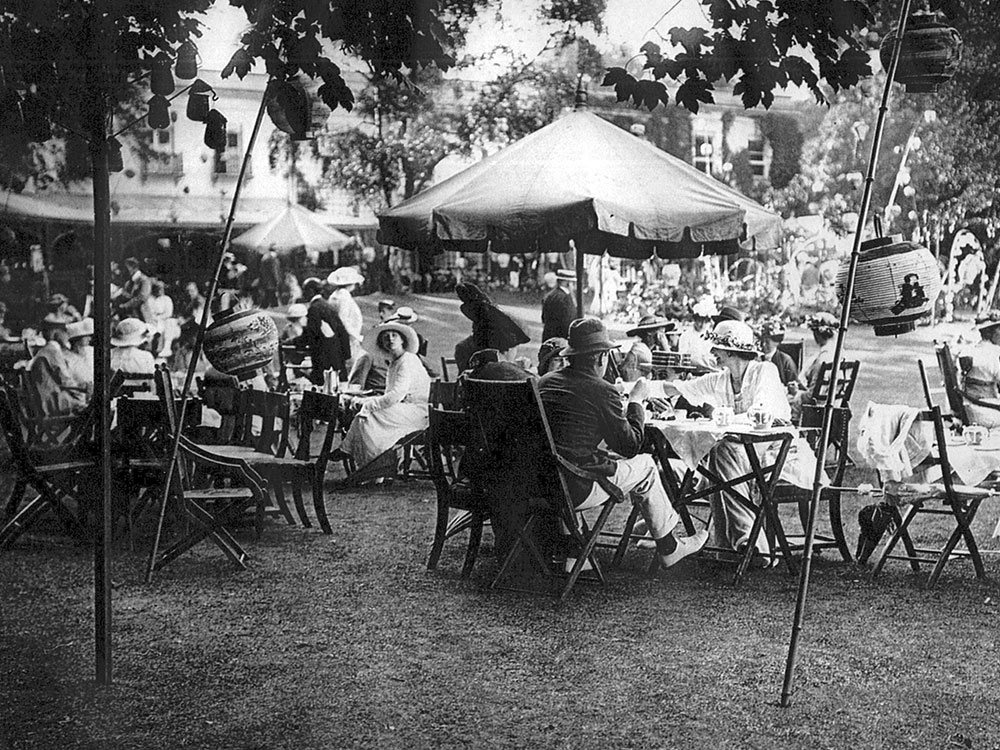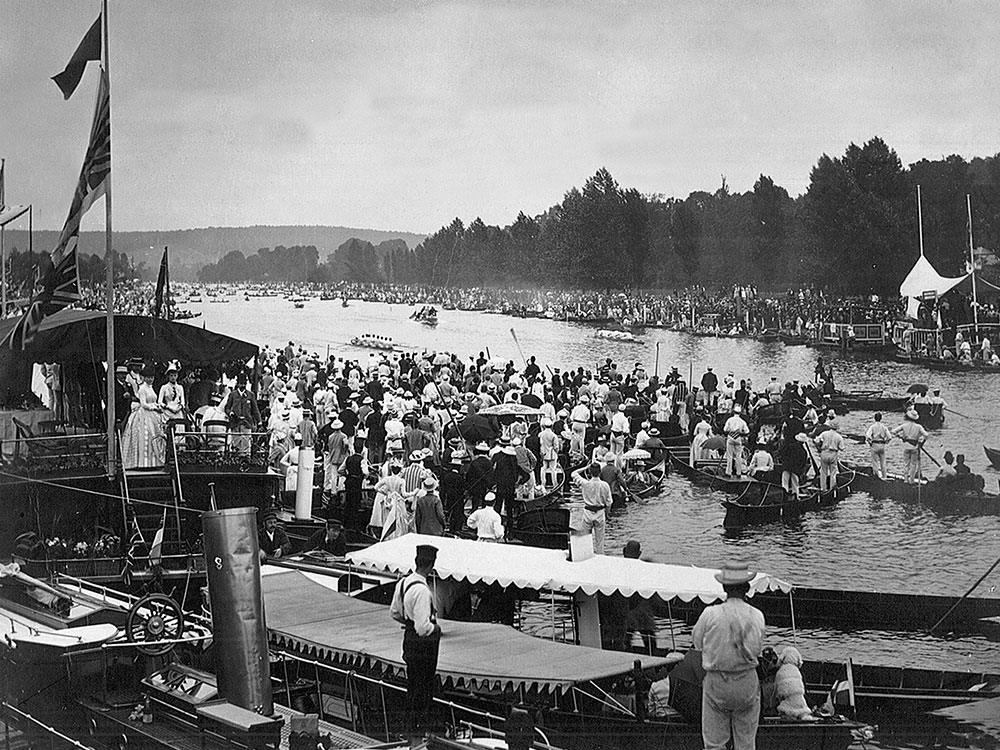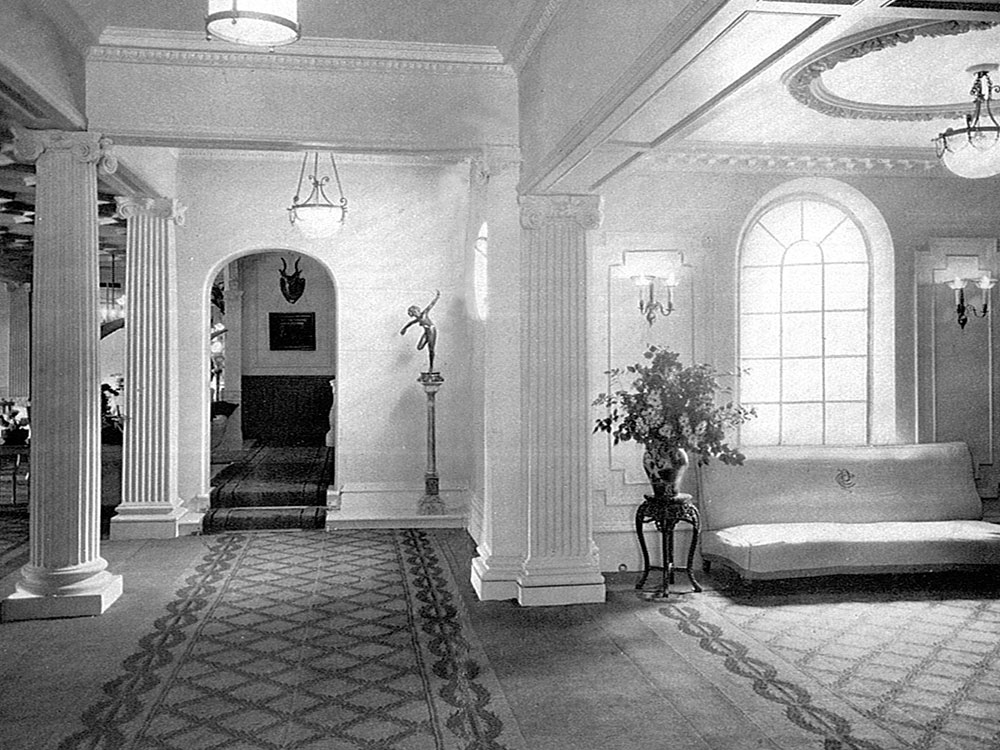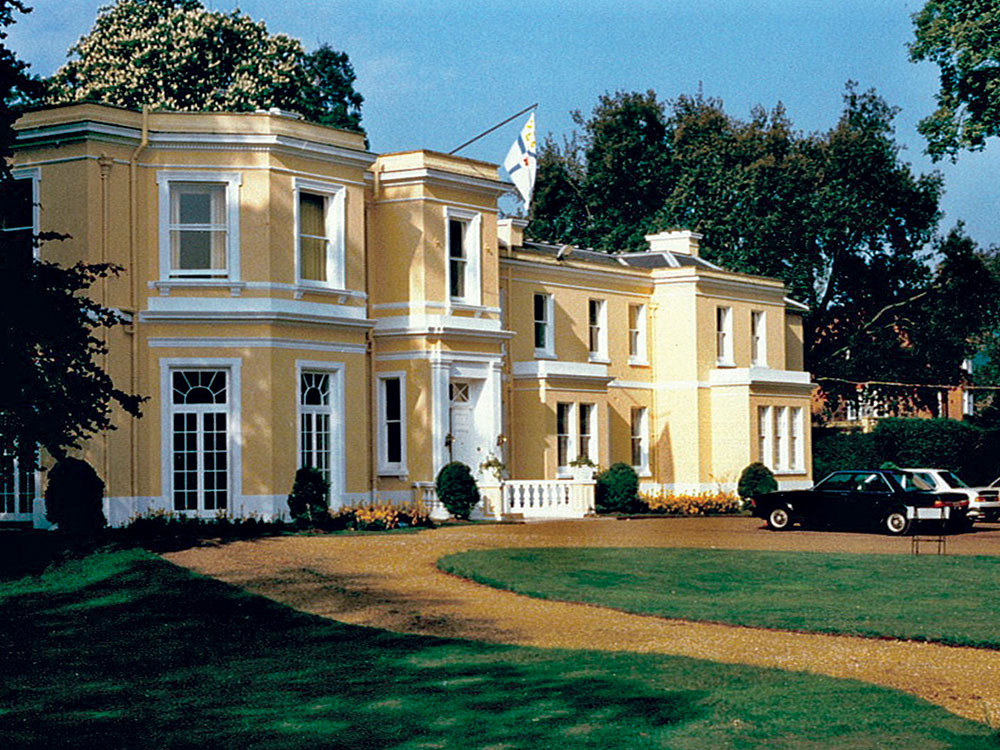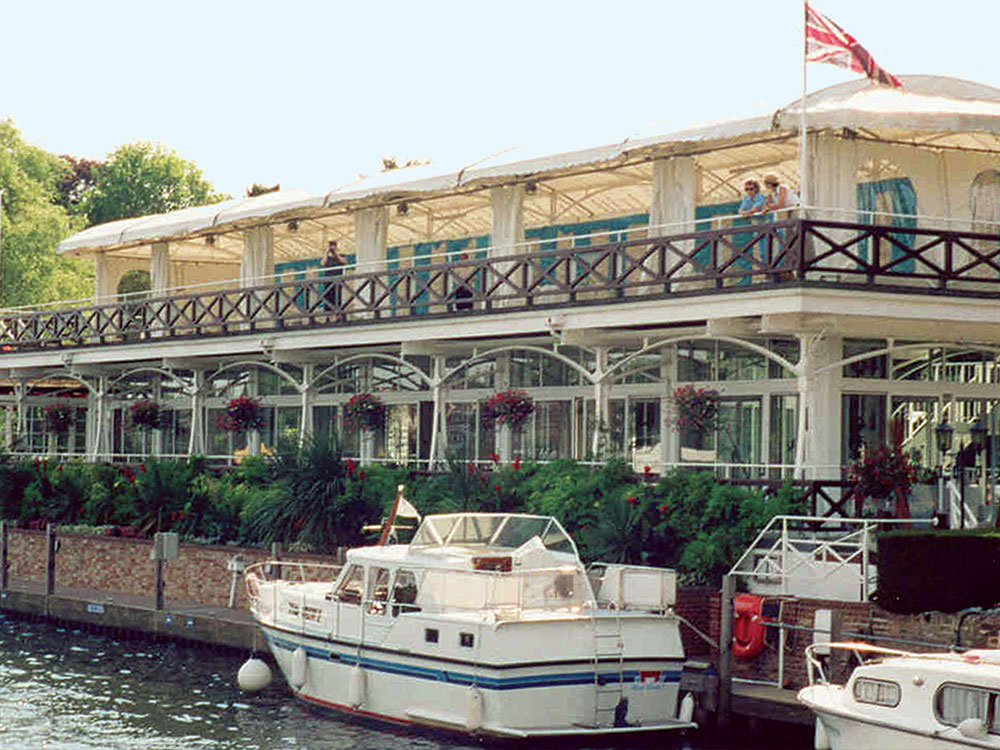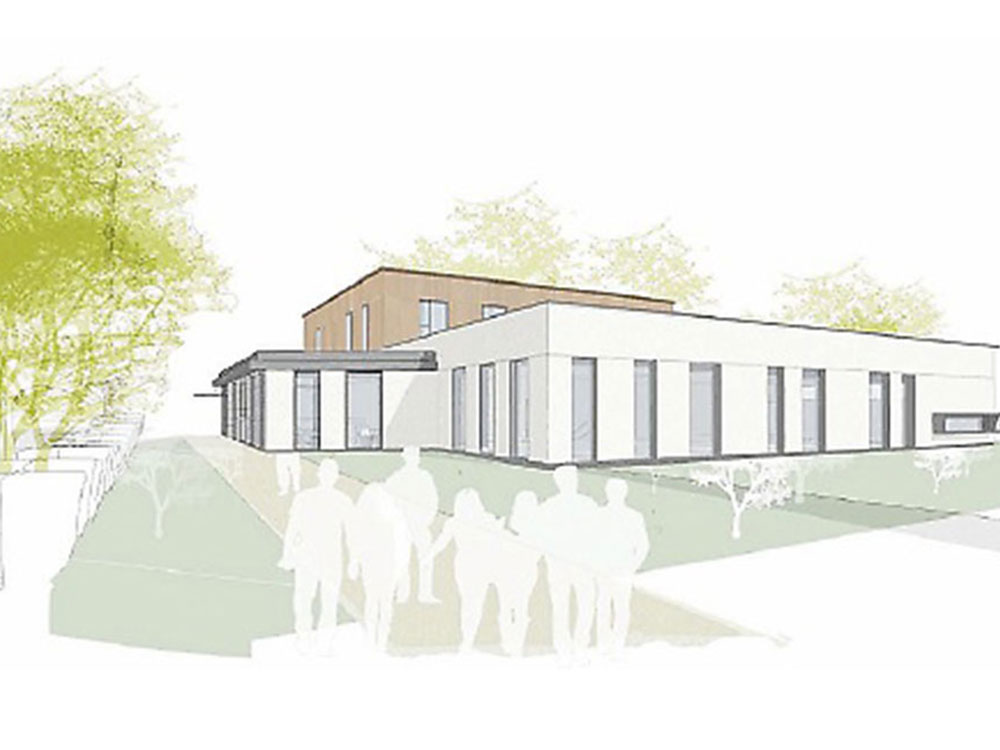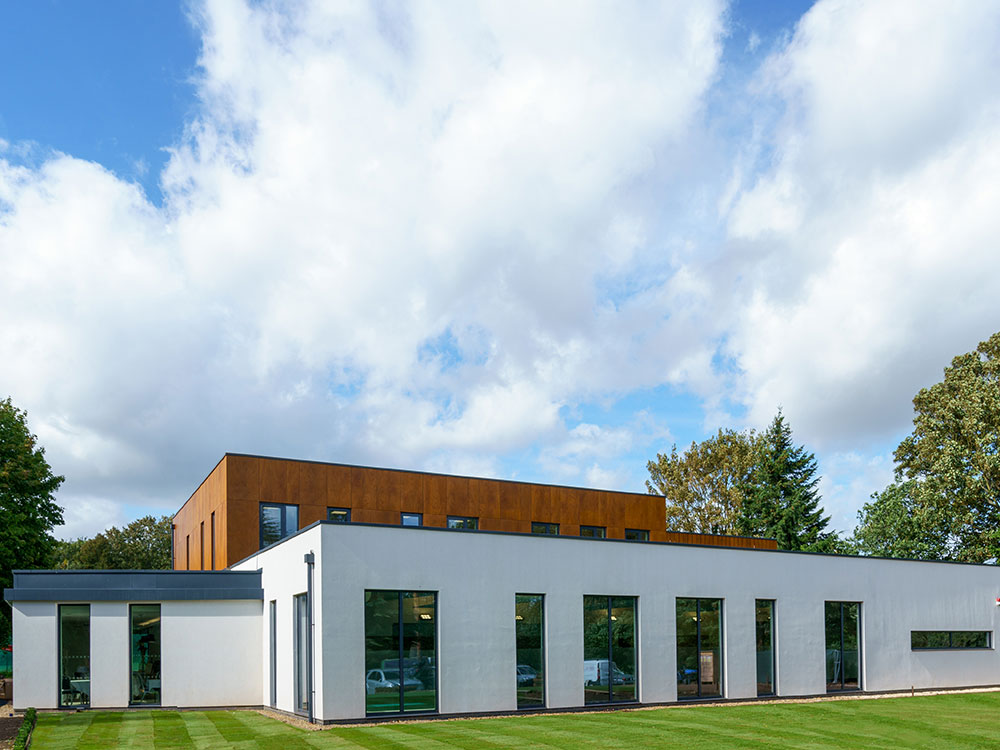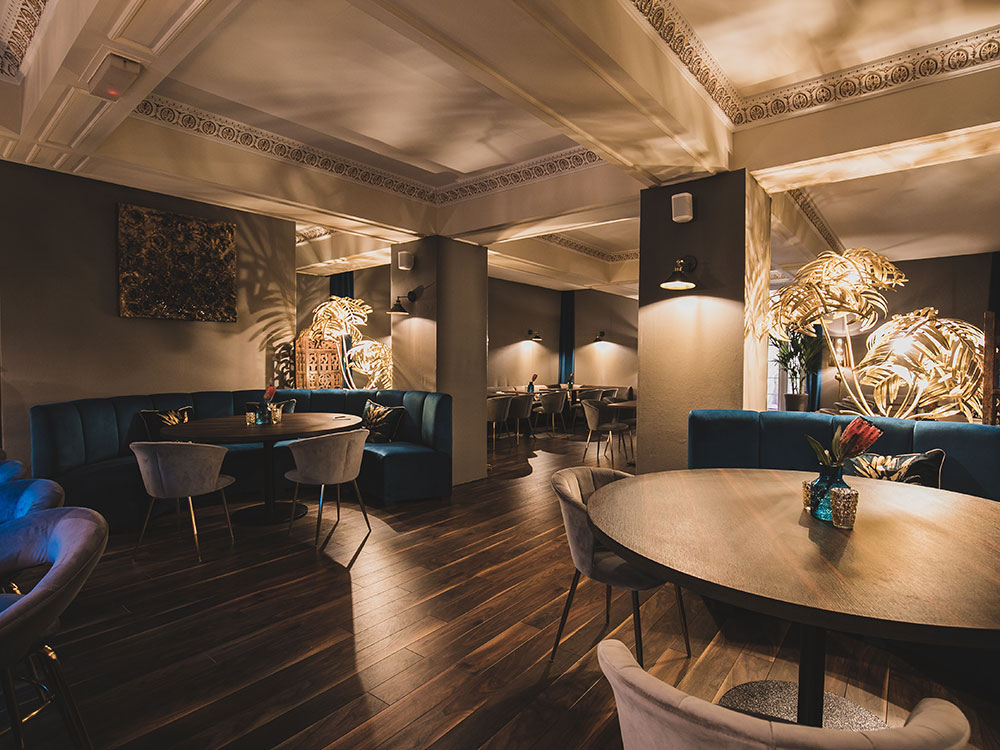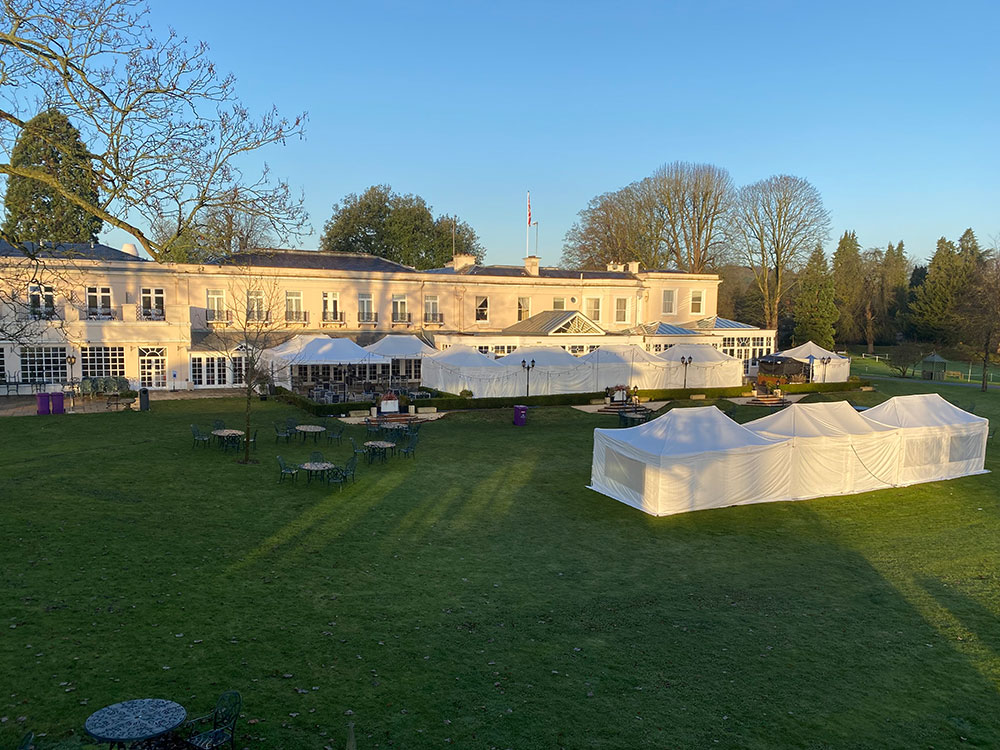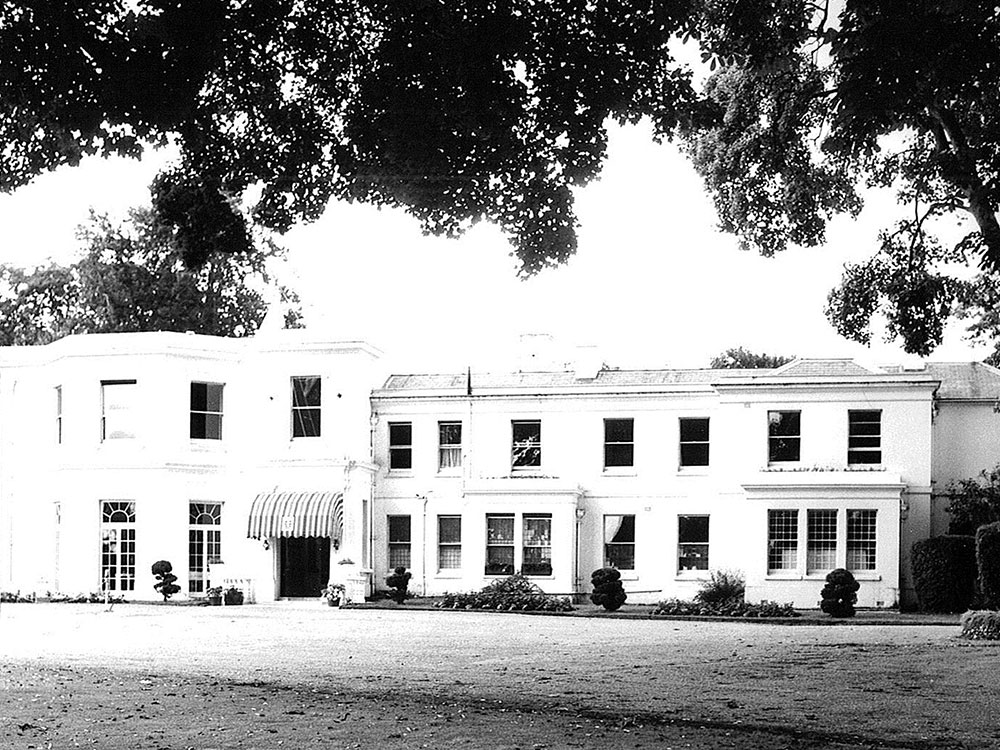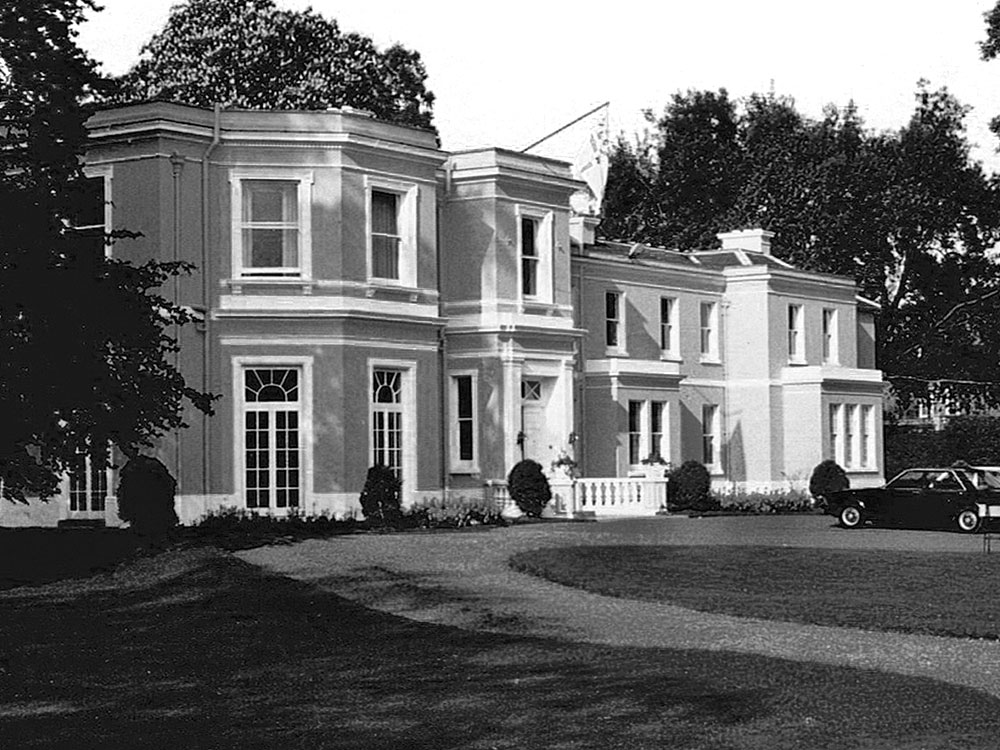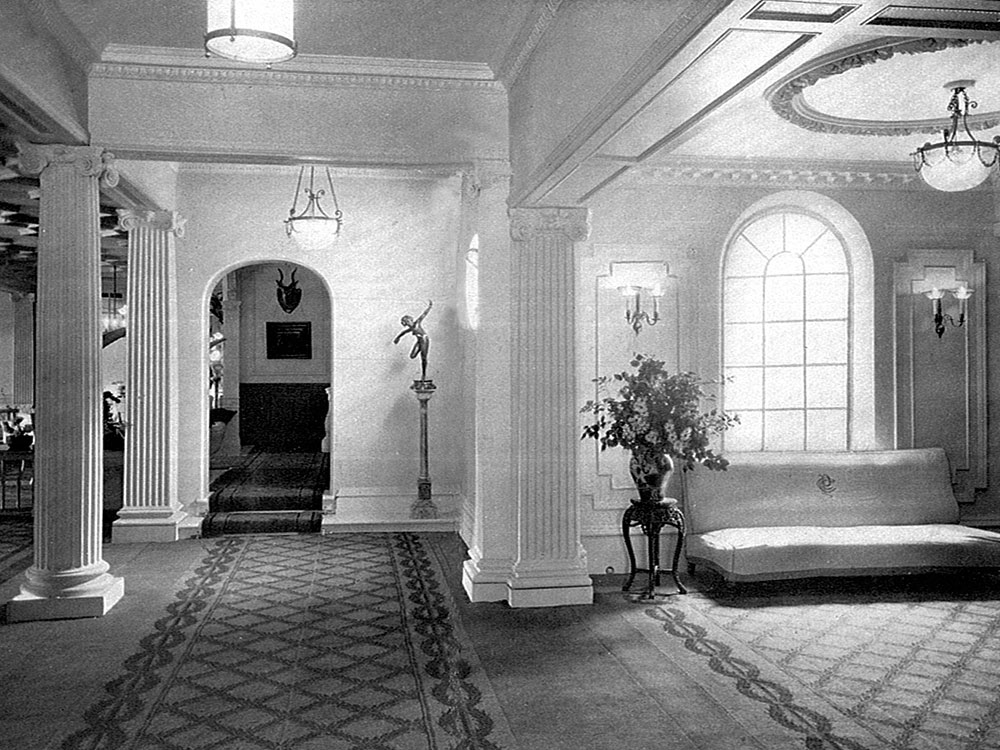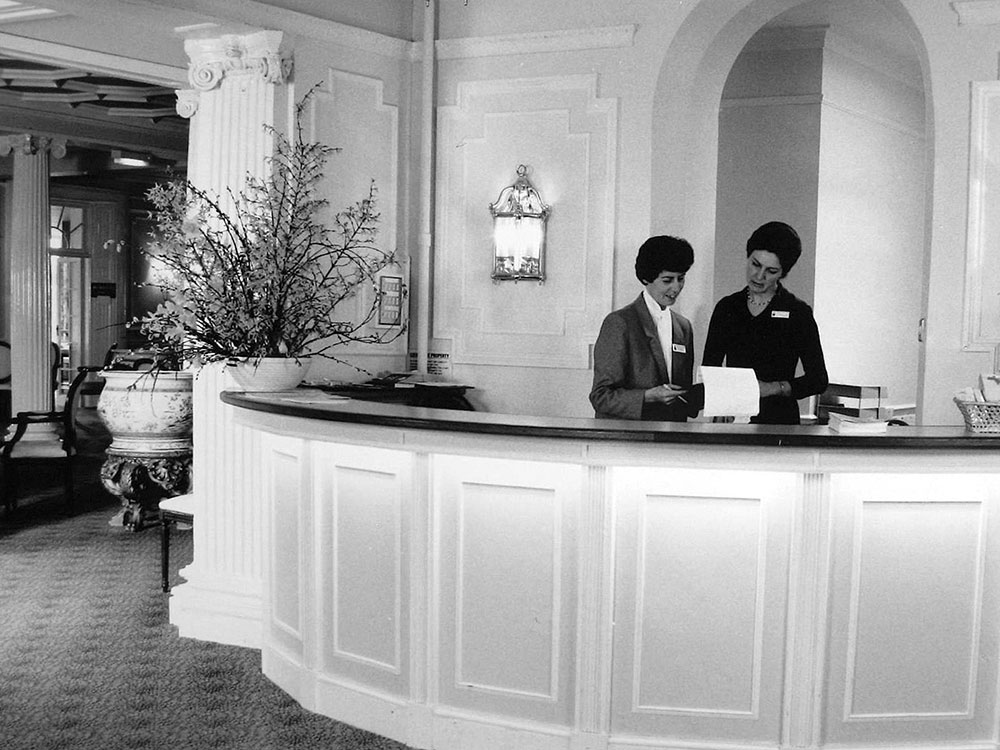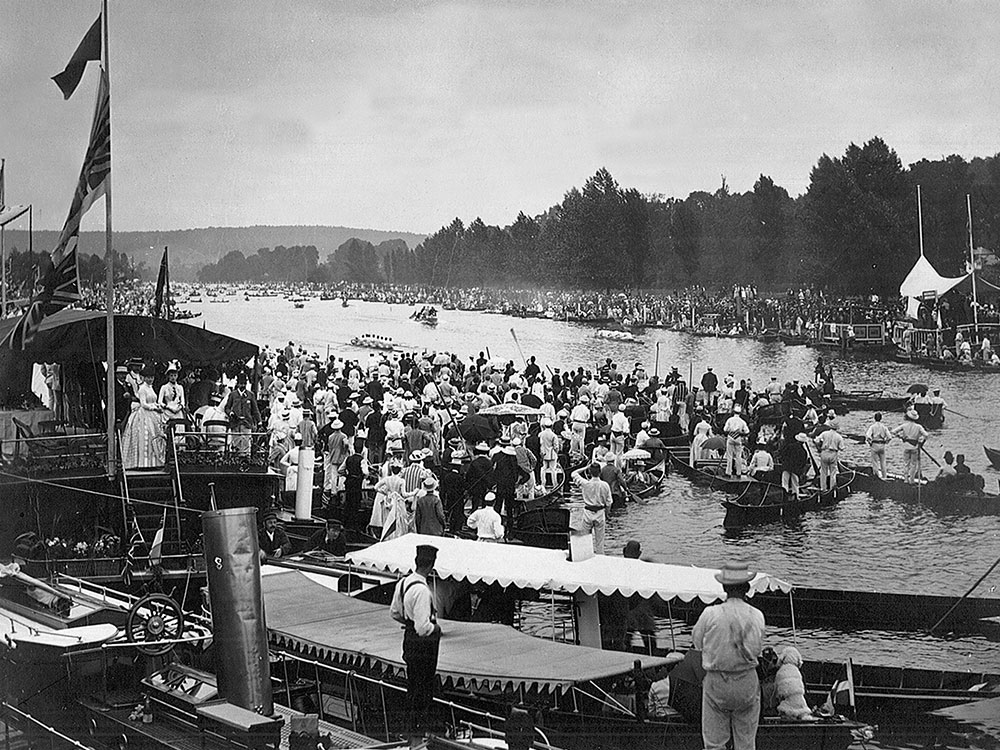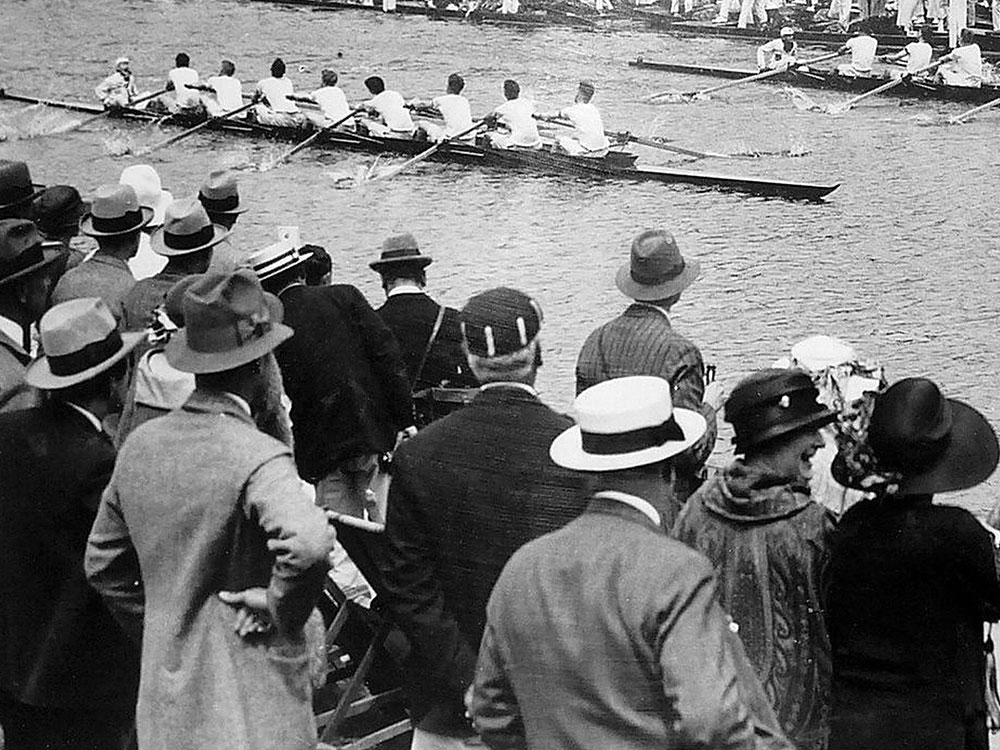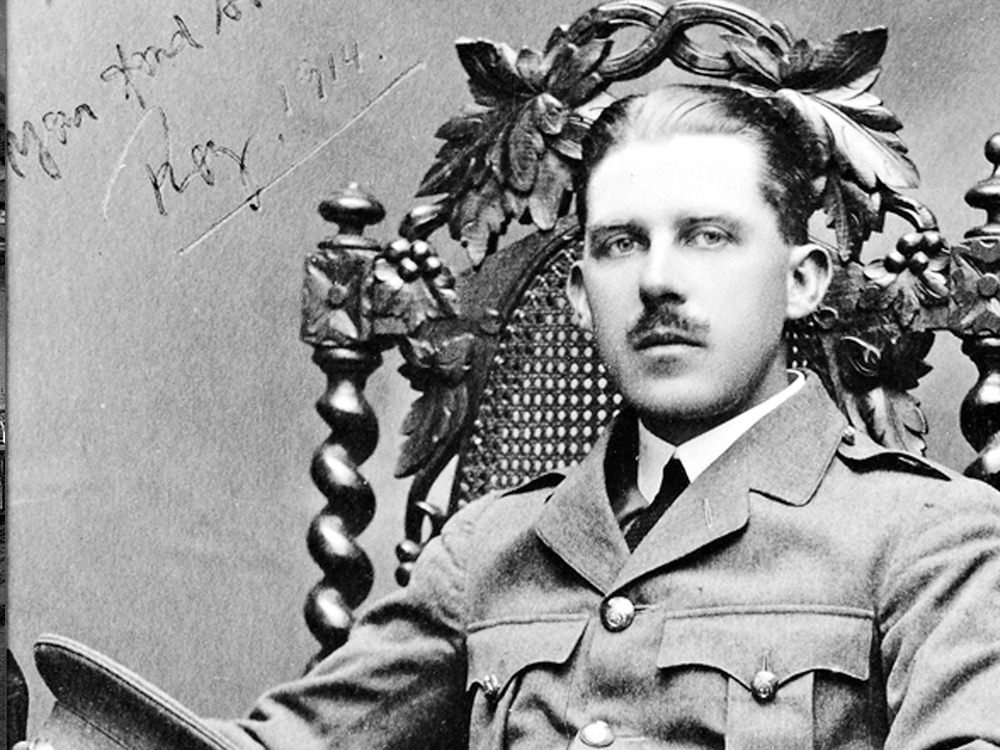Phyllis Court Club was founded on the June 2nd 1906 by a young Australian man called Roy Finlay. Finlay took the lease of a riverside mansion where he aimed to provide a: ‘headquarters for social and sporting life on the river.’
At the time there were several river clubs along the Thames, but they were considered to be a risky business, reliant on fickle public taste and the English summer weather. ‘Many have been started, and many have been failures,’ admitted the original Phyllis Court prospectus. Undeterred, Finlay recruited a very aristocratic committee, and borrowed money to double and lavishly furnish the size of the clubhouse.


